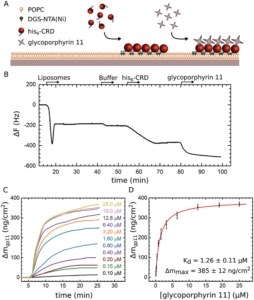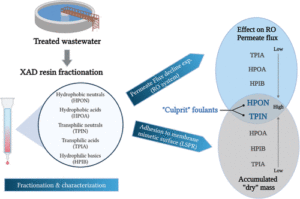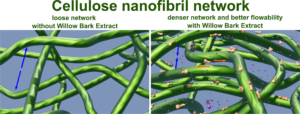BioprintedQCM, proyecto de Consolidación de la Cadena de Valor Empresarial
Advanced Wave Sensors S.L. (AWSensors), en el marco del programa “Proyectos de Consolidación de la Cadena de Valor Empresarial” (Convocatoria 2023), ha contado con el apoyo de la Agència Valenciana de la Innovació y con la cofinanciación del fondo europeo FEDER para el desarrollo de un proyecto de investigación industrial en el campo de los biosensores. El proyecto dió comienzo en octubre de 2023 y tiene prevista una duración de 27 meses, hasta su finalización en diciembre de 2025. El proyecto cuenta con una subvención de 178.219,62 €.
El objetivo principal de este proyecto es la investigación de procesos industriales necesarios para el desarrollo de nuevas técnicas de bio-funcionalización superficial que permita la inmovilización de sondas de biorreconocimiento, tales como aptámeros, anticuerpos o secuencias de ADN, en la superficie de microrresonadores acústicos de una manera precisa, controlada, rápida, repetitiva, y a un coste reducido.
La técnica BioprintedQCM se aplicará en el desarrollo de nuevos biosensores basados en dispositivos HFF-QCM ARRAY, propiedad de AWSensors.
«Actuación susceptible de ser cofinanciada por la Unión Europea»
![]()








